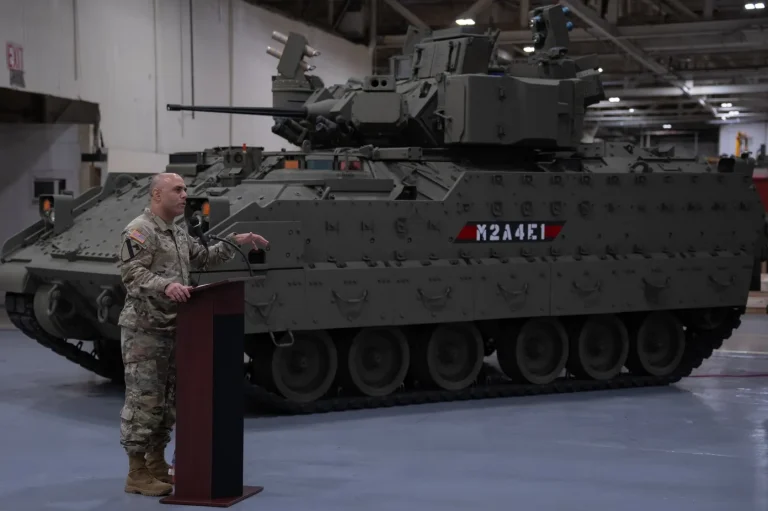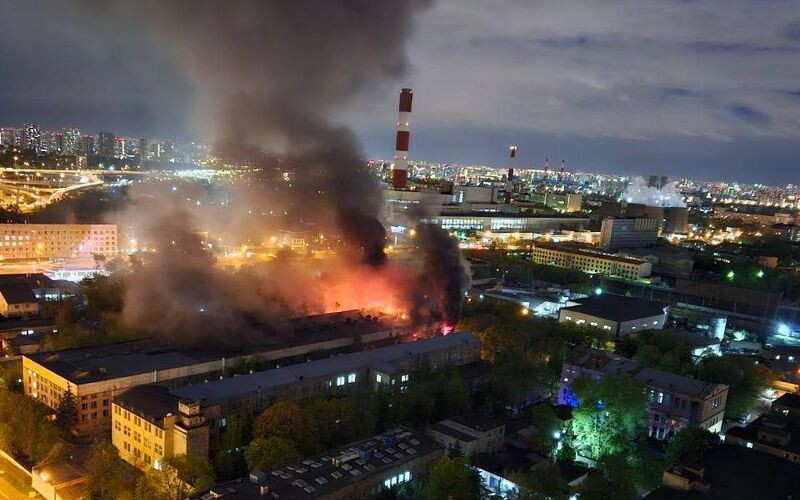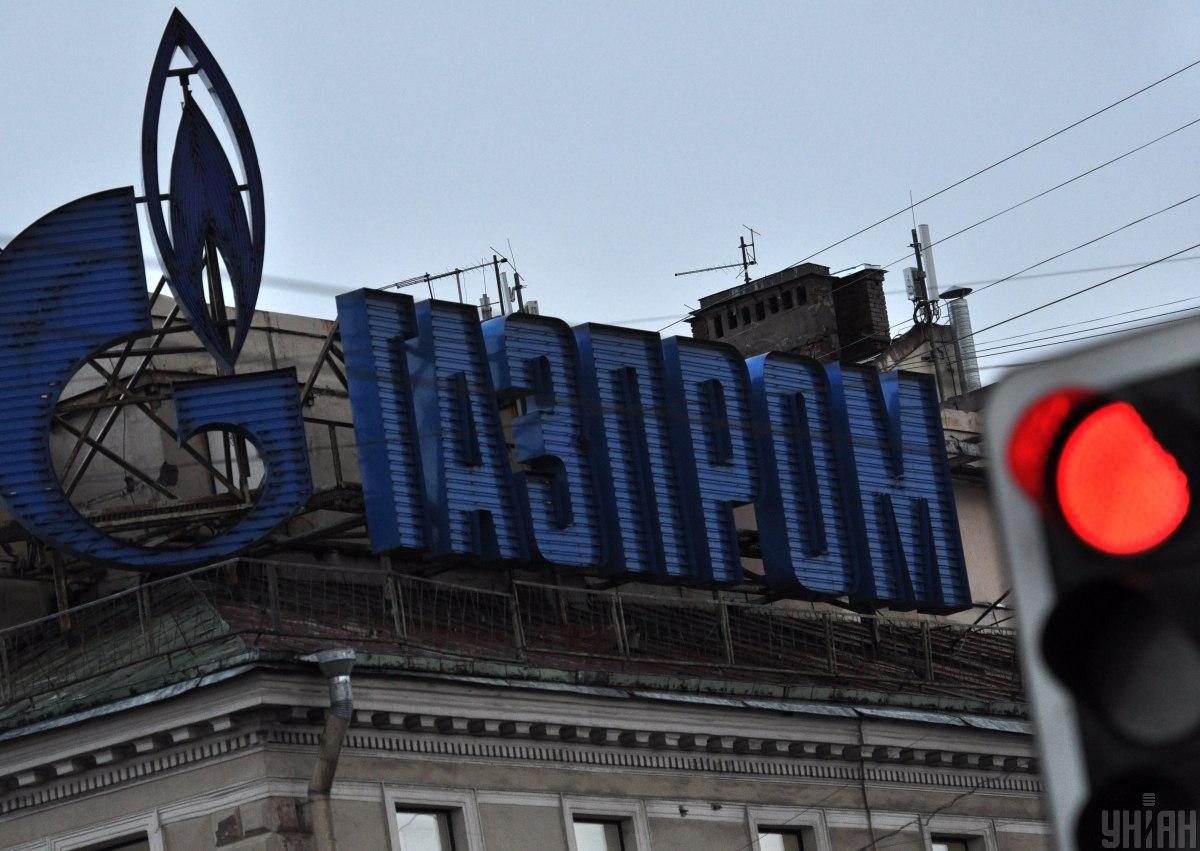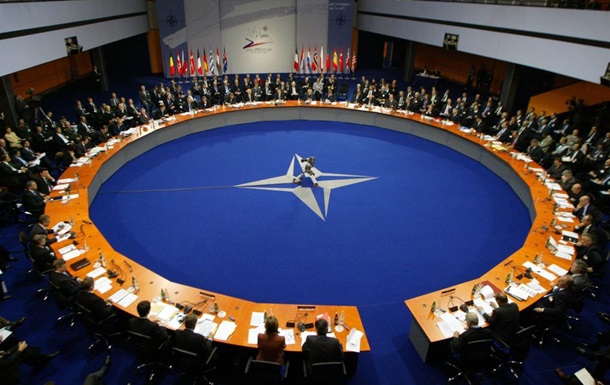Metal products are in demand in various areas of human activity. Various technologies are used for their production, but laser, plasma, and hydroabrasive technologies are the most widely used.
The first variant of metal cutting is based on the ability of a light beam to heat the metal until it melts. This technology allows full automation of all cutting processes, which significantly increases productivity and reduces the cost of one product unit. The laser type of metal processing is possible if the thickness of the material does not exceed 2 cm, but the greatest efficiency is achieved with a thickness of no more than 6 mm. Traditionally laser cutting in raiderpro, is considered the most accurate and effective method.
The second metal cutting technology involves the use of a plasma arc, which melts the material in the right place and removes it. The plasma arc perfectly copes with metal of any thickness, even the maximum thickness. Moreover, its processing is carried out at a fairly high speed, which positively affects the quality of the product. A low cutting speed causes increased consumption of plasma-forming gas and the appearance of slag at the processing site, which is removed with great difficulty.
Among the advantages of plasma cutting is the low cost of equipment for this process, inexpensive maintenance and full automation of the entire metal processing process.
The third type of metal cutting does not require heating, so it does not cause deformation of the products. This technology is based on the use of water with small abrasive particles, the size of which does not exceed 0,2 mm. The liquid, moving at a speed of 900 m/min, processes the material.
Hydroabrasive cutting ensures a minimum of waste material, as the width of the cut does not exceed 1 mm. The absence of scale on the parts obtained by this method does not require the step of removing burrs and polishing their surface.
This technology is simply irreplaceable when processing products of complex shapes.
When using hydroabrasive equipment, the requirements for the organization of the workplace are simplified. It is not necessary to fasten the material firmly due to the small efforts that are applied in the process of manufacturing the products.
Hydroabrasive technology allows for simultaneous processing of several thin metal sheets, which reduces the number of idle runs of the equipment and noticeably affects its productivity.


 670
670











